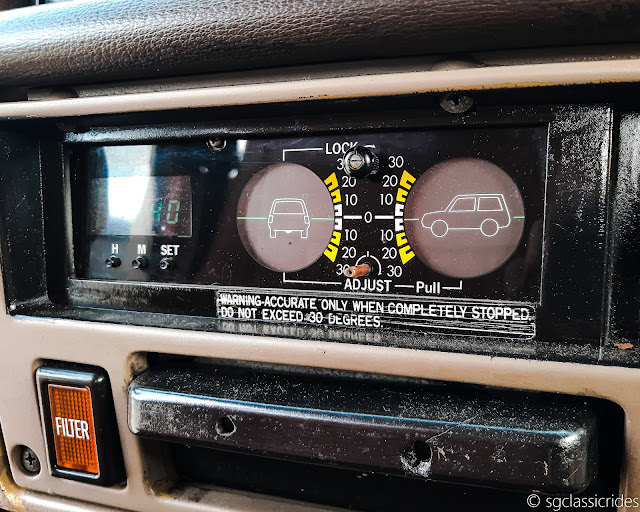The history of the Land Cruiser dates all the way back to 1936, with the Kurogane Type 95 scout car devised by the Japanese Imperial Army. During the Japanese occupation in Philippines, they found an American Willys Jeep and promptly sent it back, where it was used as a reference to build a similar vehicle under orders from the military authorities. This led to the development of the AK10 prototype: although it did not see much use in the field, lessons were learnt which were applied to the development of the first Land Cruiser.
During the Korean War, Toyota was tasked by the US government to make 100 new vehicles with Willys Jeep specifications. The subsequent output, known as the Toyota BJ, was larger and more powerful than its US counterpart: as it was a Jeep-type car powered by the Toyota B engine, the model became 'Type BJ'. First appearing in 1951, the Toyota BJ was able to climb up to the 6th stage of Mt Fuji which was unprecedented at that time. Much impressed, the National Police Agency quickly placed orders. In 1952, the name "Land Cruiser" was coined by the technical director Hanji Umehara: it was likened to a cruiser with the enthusiasm to drive out 'rovers', as Land Rover was regarded as their competitor.
By 1980, passenger cars were changing and becoming more comfort-oriented than before. With the advent of SUVs in the US and the Range Rover, Toyota realised that they could build automobiles that would provide Range Rover comfort and versatility at a much lower price. The J60 was available only in 5-door wagon form but it was far more luxuriously appointed than its forebears. Comfort features included power steering, air conditioning and heated rear windows. Both petrol and diesel engines were available, and a facelift was carried out in 1987 with the round headlamps changed to 4 square ones.
This unit is powered by a 3980 cc Toyota 2H inline-6 diesel engine mated to a 5-speed H55F manual transmission, allowing it to reach a top speed of 145 km/h with a maximum power output of 76kW at 3500 rpm. With dimensions of 4750 x 1800 x 1825 mm, it can easily ford the increasingly frequent floodwaters that has been affecting the country recently. The HJ60's fuel consumption of 12.9 litres / 100 km is reasonable given its heft of 2010 kg.
Production of the J60 series ended in 1990 where it was succeeded by the J80 range, though production in Venezuela continued until 1992. The first Land Cruisers were brought in by Asia Motor Co Ltd in 1957, and small numbers existed in Singapore including the J60s. None are known to be left, but recently a few Land Cruisers have been imported under the classic vehicle scheme.
This particular unit, imported from Australia, was originally in Saint Moritz White (colour code 033) with an olive brown/light brown fabric interior (trim code FA42). It has been reupholstered lovingly, creating additional comfort and the exterior has been treated with the unique Raptor paint: its rough exterior pays homage to its rugged purpose and suitably protects the robust body from more scratches.
If you are looking for a vehicle that can tackle roads, both on and off it while standing out from the crowd, this is the one for you! This urban warrior has had the following works done:
- Fully serviced brakes, aircon, engine and gearbox
- Full lubricant and coolant flush
- Full wiring repair
- Suspension repair
- Change of oil and fuel filter
Having sat in it myself and marveled at all the details, it presents a good off-road challenge for the adventurous (once more suitable tyres are fitted) and yet offers humongous storage space when the seats are lowered. The diesel engine is potent and is able to generate much torque, which will come in handy when conquering uneven terrain. An interesting component would be the inclinometer: it was quite cool to see the little figure tilt around when going on slopes.
For more details and inquiries, please feel free to contact me or Classic Motorworks SG as they are the ones who imported it in. With Japanese reliability packed into a fun and tough SUV, it is really the best of both worlds. You can see for yourself that they do not make cars like they do today, with the multitude of hands-on gauges and spirited driving. Who knows, you may just be the lucky owner to turn heads on your next rip down our roads!












